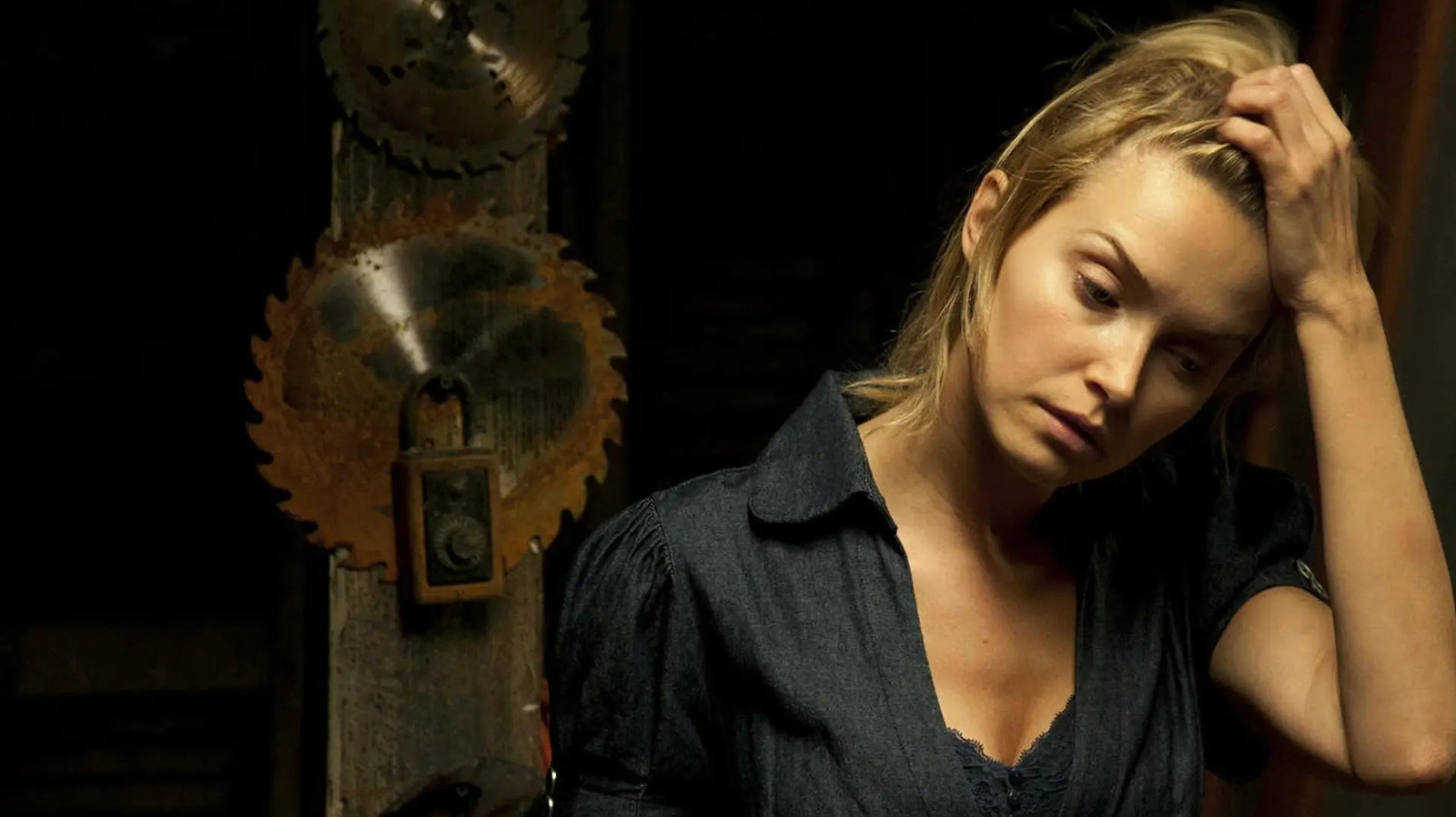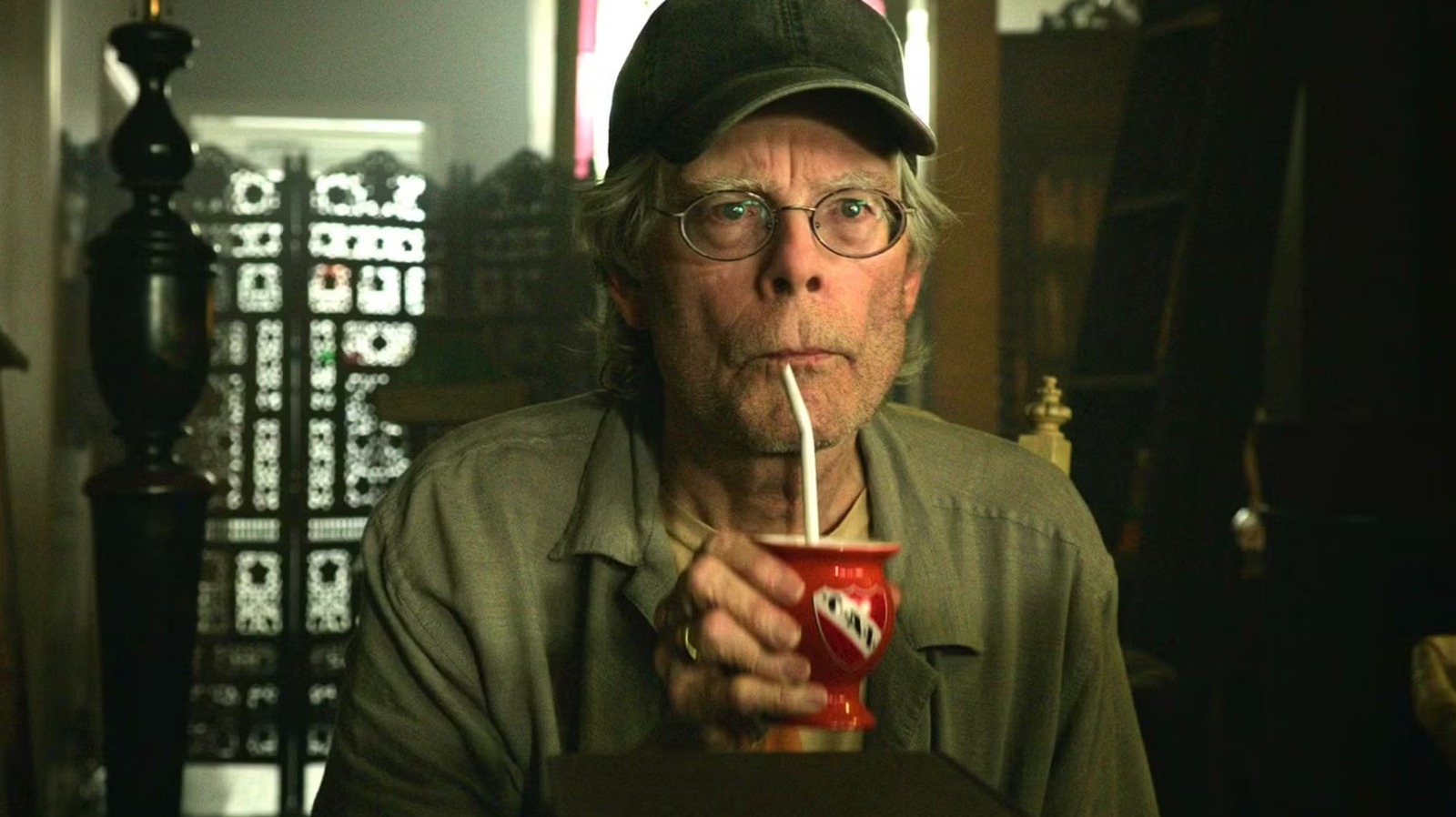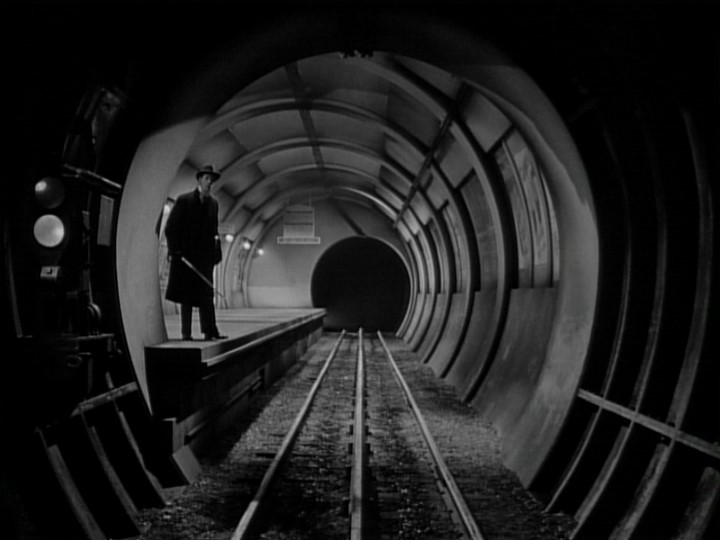Prewar Jitters [on Lang’s MAN HUNT]
From the Chicago Reader (May 6, 2002). — J.R. Man Hunt *** (A must-see) Directed by Fritz Lang Written by Dudley Nichols With Walter Pidgeon, Joan Bennett, George Sanders, John Carradine, Roddy McDowall, Heather Thatcher, and Frederick Worlock. A sparkling new 35-millimeter print of Fritz Lang’s 1941 Man Hunt is running at the Gene Siskel Film Center all this week, and I can recommend it without reservation. It’s not quite a masterpiece, but it’s considerably more entertaining than any new thrillers I’m aware of. Man Hunt‘s status within Lang’s body of work is somewhat ambiguous and contested. Ten years ago one of France’s major film historians, Bernard Eisenschitz, wrote a 270-page book on the film in which he pored over many of the production materials as if they were holy writ. Yet Tom Gunning’s authoritative recent critical study, the 528-page The Films of Fritz Lang: Allegories of Vision and Modernity, scarcely deals with the film at all, apart from mentioning that it “would reward close analysis” and contending that it, like Lang’s three other anti-Nazi films — Hangmen Also Die! (1943), Ministry of Fear (1944), and Cloak and Dagger (1946) — is limited by its propagandistic qualities. I only half agree with Gunning. Read more
![Prewar Jitters [on Lang’s MAN HUNT]](https://jonathanrosenbaum.net/wp-content/uploads/2010/02/man-hunt-7.jpg)
From the Chicago Reader (May 6, 2002). — J.R.
Man Hunt
*** (A must-see)
Directed by Fritz Lang
Written by Dudley Nichols
With Walter Pidgeon, Joan Bennett, George Sanders, John Carradine, Roddy McDowall, Heather Thatcher, and Frederick Worlock.
A sparkling new 35-millimeter print of Fritz Lang’s 1941 Man Hunt is running at the Gene Siskel Film Center all this week, and I can recommend it without reservation. It’s not quite a masterpiece, but it’s considerably more entertaining than any new thrillers I’m aware of.
Man Hunt‘s status within Lang’s body of work is somewhat ambiguous and contested. Ten years ago one of France’s major film historians, Bernard Eisenschitz, wrote a 270-page book on the film in which he pored over many of the production materials as if they were holy writ. Yet Tom Gunning’s authoritative recent critical study, the 528-page The Films of Fritz Lang: Allegories of Vision and Modernity, scarcely deals with the film at all, apart from mentioning that it “would reward close analysis” and contending that it, like Lang’s three other anti-Nazi films — Hangmen Also Die! (1943), Ministry of Fear (1944), and Cloak and Dagger (1946) — is limited by its propagandistic qualities.
I only half agree with Gunning. Read more
What's Your Reaction?





































